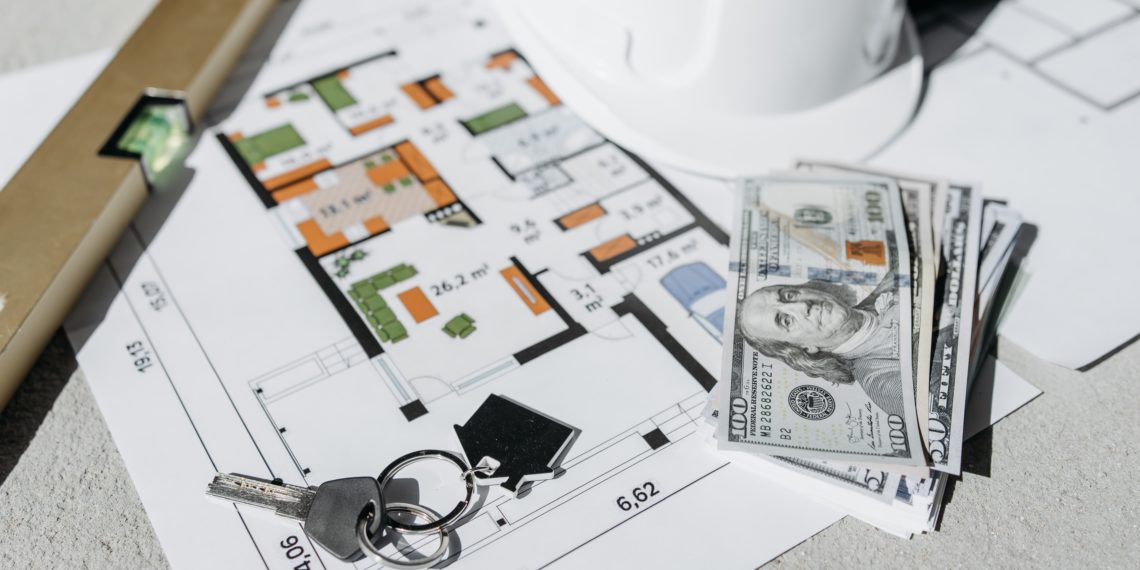Planning a blueprint for a new house entails a lot of effort and can cost much as well. From architects to home builders, the blueprint is the skeleton of your house which makes your floor plans intact and also aesthetically beautiful at the same time. When blueprints can cost you hundreds to thousands of dollars, you will always find a way to get the most out of the bargain; appeal for fewer costs, or do what you have to just to save your funds for structuring your home.
It may have crossed your mind, but blueprints for your dream house could be available anywhere; the internet, brochures from home builders, and even ads from newspapers could be your shortcut to getting a free blueprint. You might even plan a 2-storey house that has a one-floor plan for the ground floor, and another for your second floor (just to make sure it isn’t the exact copy). However, when you think about copying a blueprint, you might need to hold your guards down. These floor plans do not come in free, as they are usually made by professional individuals, and thus need some fees too.
Why?
Drawings or house sketches are subject to the laws of copyright. The Copyright Act of 1968 holds the reservations in securing that all “original works” respect the rightful owner, wherein all copies of it must have permission from the original owner of the sketch or floor plan. Moreover, building plans are specifically mentioned in this act, where all unauthorized sharing or any copying of floor plans must be avoided unless the owner allows. Hence, the owner has the legal right to their work, and copying them can lead to a breach of the act.
What if there is no registration or code?
Regardless of having no code or not, the copyright law still extends to investigate whether or not you’ve entirely or partially copied a floor plan or not. The basis of breaching the act is true to all, given that you have replicated an entire floor plan or a substantial part of it. For the act to be considered breached, ample considerations are taken into account, however there is no percentage specified to implicate instantly that it is infringed. Yet, it still lies in the investigation, which can also lead you to higher costs when it reaches court.
How will you be caught?
Perhaps this question has been going through your mind. You may have considered copying it because there are a lot of homes in Australia and there is no way they will check it one by one —- however, it all lies with the builders.
Before building your home, your contractor will initially check the sketch of your floor plan. They will ask about the specifics, and you might not be able to answer them as you don’t know the technicalities of the floor plan. By this they will ask you who your architect is; thus you might be caught red-handed.
Another reason would be builder recognition. When you hire builders, they are most likely to be good with their job and hence, reputable as well. If they see your floor plan and recognize it’s almost the same as another builder, then you might just be reported for breaching the copyright.
“I’ll hire someone who will not report…”
Trust us, builders earn their reputation because of integrity with their partners. Nonetheless, hiring a dodgy builder may have consequences; it includes not being sure if they can do the job which can lead you to higher costs pertaining to renovations.
Can I partially change the design?
Yes, you can ask your builder to change the floor plan partially. Builders often have expertise in improving a design that does not entirely copy the original blueprint. Still, while there is no harm in changing a specific design, falling short without knowing how much percentage can be changed to avoid breaching the Copyright Act is not guaranteed.
With these reservations, copying a floor design is strictly prohibited in Australia. Permission from the rightful owner is always a must, to make sure you’re not breaching the Copyright Act. While copying might save you costs, it still entails higher payments by the time you get caught. Therefore, it’s always best to reach out to a reputable builder and architect, which means you’ll have an original design that doesn’t breach any law at all.


